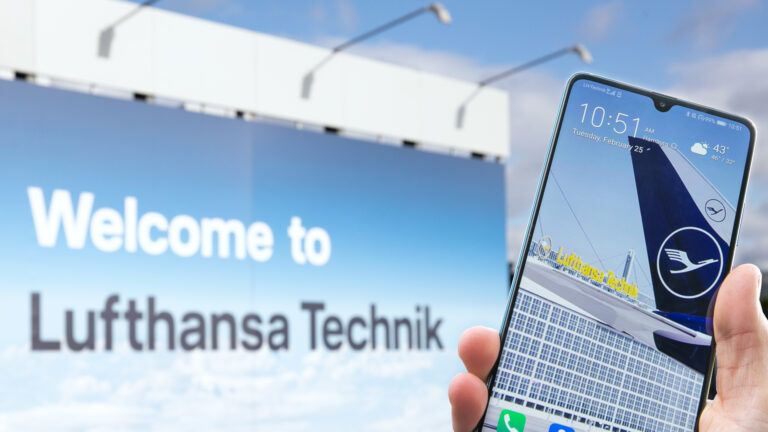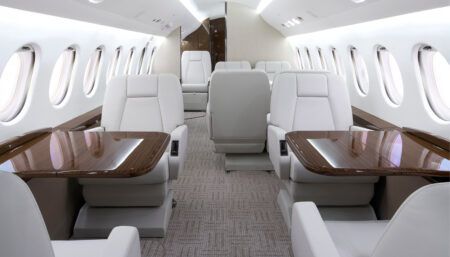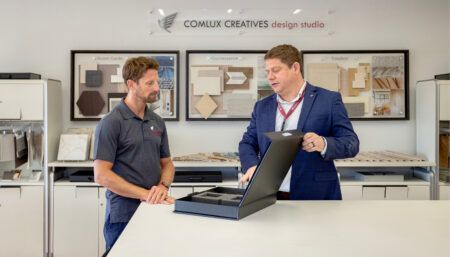Lufthansa Technik has become one of the first companies in Germany to use its own private wireless networks based on the latest 5G standard.
In February 2020, the first 5G private wireless networks were put into operation for two innovation projects in the field of VIP completion and engine overhaul at Lufthansa Technik’s Hamburg base.
To test the technology, Lufthansa Technik has set up two separate private 5G networks at its Hamburg base with technology and network providers Vodafone and Nokia. Instead of extending publicly available mobile networks to the Lufthansa base, a completely independent infrastructure has been installed with its own antennas and servers; it can only be accessed by Lufthansa Technik. ‘LH-Technik’ appears as the network operator in the display of the mobile devices used.
The company says it is the first outside of Asia to operate a fully fledged standalone 5G network based on the new standard (3GPP Release 16) in an industrial environment. Lufthansa Technik says this enables higher security and a completely free configuration, which allows the company’s own 5G networks to be adapted to the requirements of the respective evaluation projects. One example is in the ratio of upload and download bandwidth.
The new 5G network technology will benefit two innovation projects, with which the company is testing new technologies in the areas of engine overhaul and VIP completion. One project uses augmented reality (AR) to virtually visualize the 3D design data of the planned cabin interior in empty aircraft fuselages. By means of live data transmission, the technicians on site can always check the current position of all planned components and coordinate any necessary changes with the developers through collaborative video functions.
In the second project – the ‘Virtual Table Inspection’ – customers can attend the inspection of engine parts remotely, no longer having to travel to Hamburg for it. For this purpose, they are guided directly through the engine shop by means of a mobile device. Via a video stream, they can communicate with the engine mechanics performing the work in real time, inspect the dismantled parts in high resolution on the screen and make the appropriate order decisions.
Both projects place a very high demand on bandwidth for wireless data transmission, which Lufthansa Technik says could not be covered adequately by the previous 4G and wi-fi technologies. It says the public 4G upload rate was often no longer sufficient for high-resolution video streams, and the wi-fi standard is not designed for a change of location between individual cells, which often led to connection terminations previously.
“Continuous innovation is part of our corporate DNA, and this is what drives us to constantly try out new approaches,” said Soeren Stark, member of Lufthansa Technik’s executive board and responsible for technical operations, logistics and IT. “The first two application cases already impressively demonstrate the valuable contribution 5G technology can make to the aviation industry. It will also pave the way for numerous new innovations at Lufthansa Technik that will benefit our company, our employees and also our customers.”





